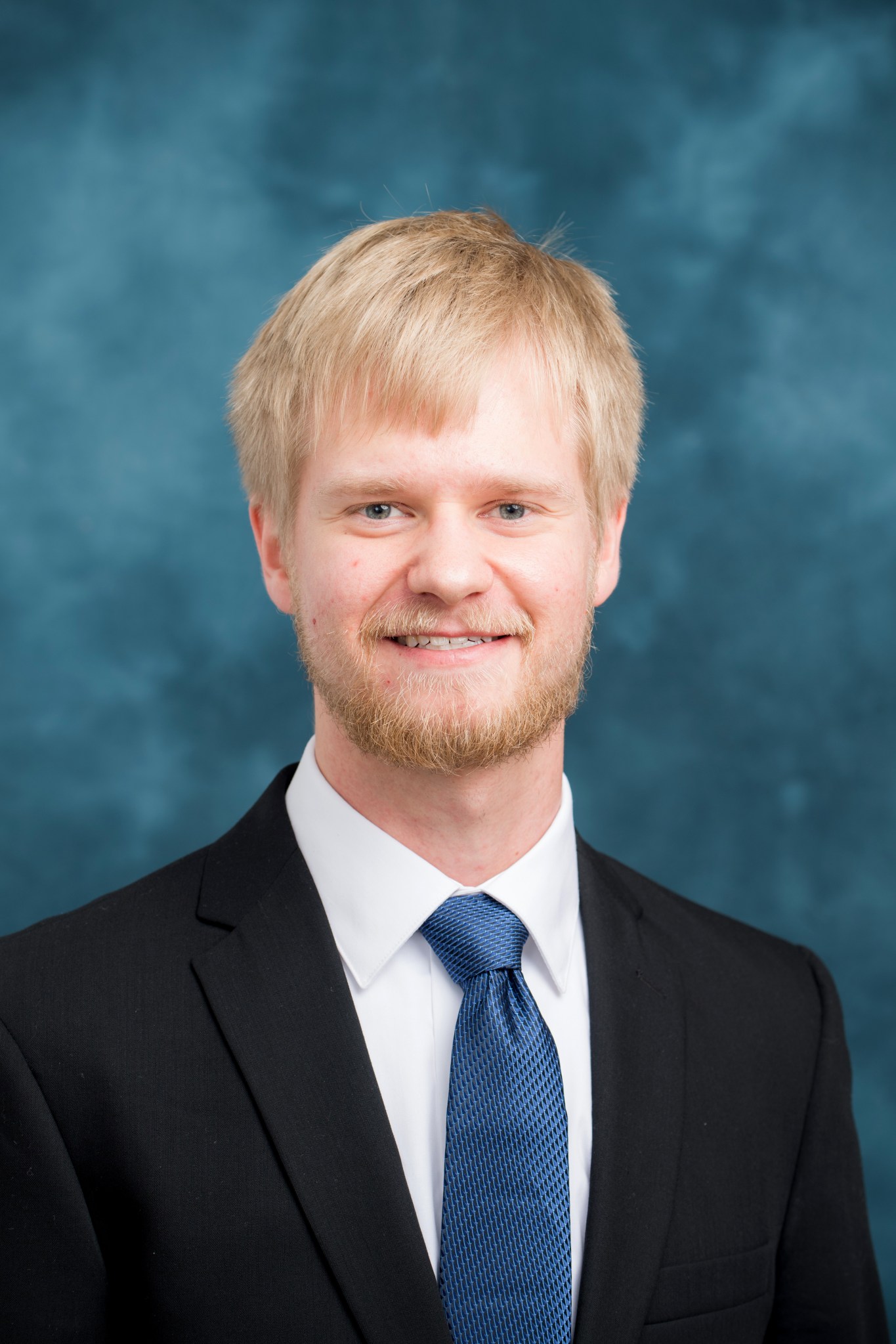Gregory Shallcross
University of Michigan
During lunar and planetary landings, rocket plumes interact with the surface, ejecting soil and other particles into the surrounding environment. These particles, traveling at high speeds, pose major challenges in the success of the mission. They have been shown to damage the lander, inhibit visibility, and spoof sensors. This is extremely hazardous both during manned and unmanned missions and therefore the intricate surface-plume interactions must be well characterized to for the success of future missions. The primary objective of the proposed project is to perform high-fidelity simulations of rocket plume-surface interactions to obtain the necessary information required to mitigate their negative effects during landing. This will be accomplished by (i) conducting detailed simulations of rocket-plume interactions at scales far beyond what is currently available, (ii) determining the mechanisms that lead to the ejection of surface particles, and (iii) using the data obtained from the simulations to develop simplified models that can be incorporated into existing NASA codes.
The particle-laden flows considered here involve a wide range of complex multi-physics interactions. Predictive simulations require accurate models to capture the high-speed plume, impinging shock waves, particle trajectories, and turbulent mixing. To complete this research, a massively parallel particle-laden flow simulation tool will be used. Within this method, the exhaust plume and its corresponding flow features will be computed on an Eulerian grid while the particles will be tracked individually. This simulation methodology will explicitly capture the two-way coupling effects between the phases that are anticipated to be of key importance, which is not possible with current techniques typically used to model landing events.
To accomplish the proposed objectives; the project will focus on method validation, physics analysis, design refinement, and model closure. During method validation, simplified surface-plume interaction cases will be designed and tested to assess the capability of the numerical framework to capture the relevant physics. Simulations will then be compared to available landing data from manned and unmanned NASA missions. During this phase, additional physics models may need to be incorporated to improve the predictive capabilities. Once this is achieved, a series of simulations will be conducted under a range of relevant conditions. Finally, data obtained from the simulations will be used to inform model closure for existing NASA codes.
The accurate prediction of surface-plume interactions is necessary for the overall success of future space missions. While simulations of surface-plume interactions have been conducted in the past, they typically rely on simplifying assumptions that prevent a detailed analysis of the fluid-particle coupling. The proposed research will provide a comprehensive description of the complex two-phase interactions at a level of detail beyond what is presently available. To that end, results from this project will provide NASA with the necessary data and strategies for the success of future space missions.




























